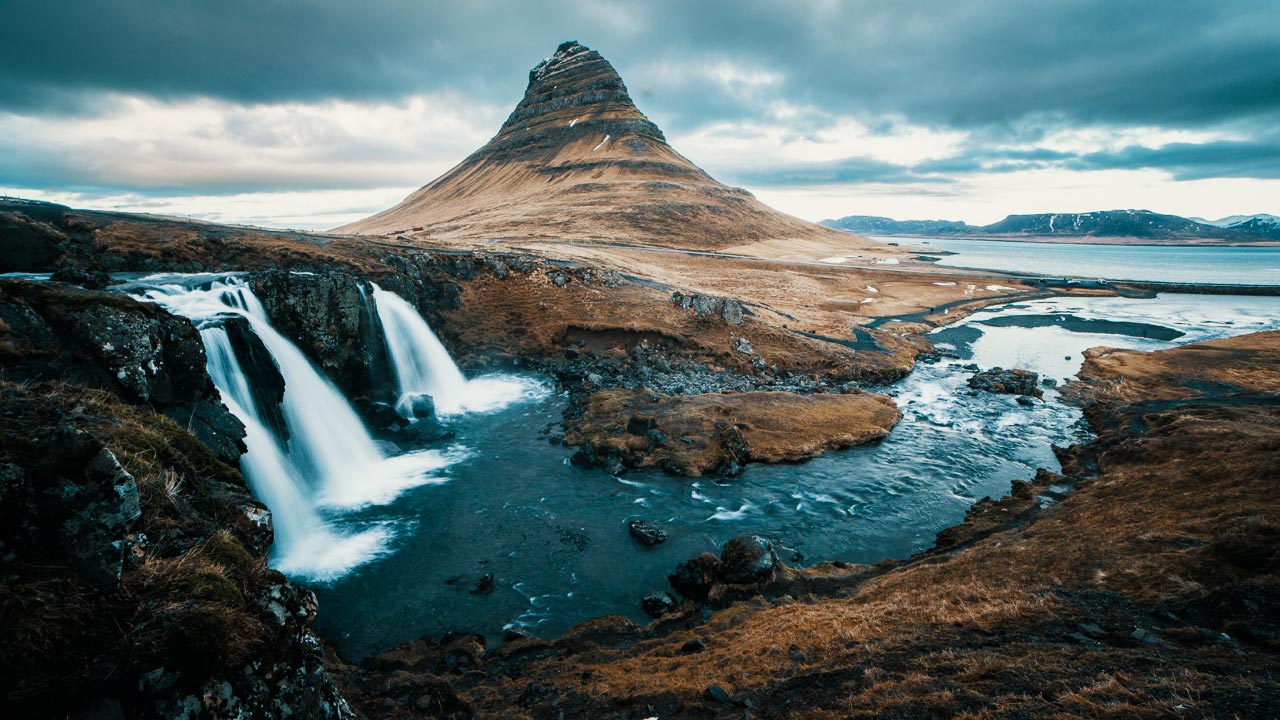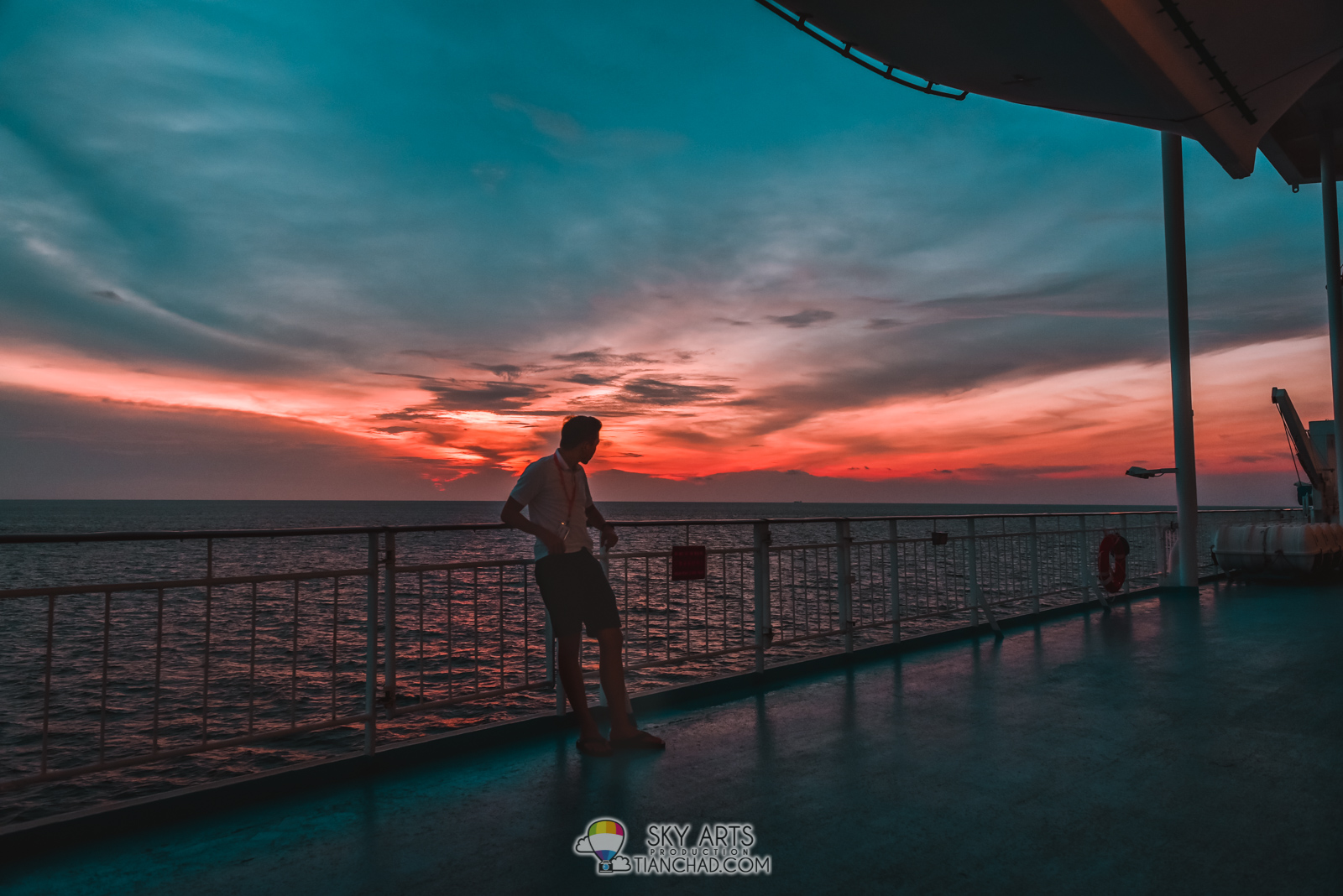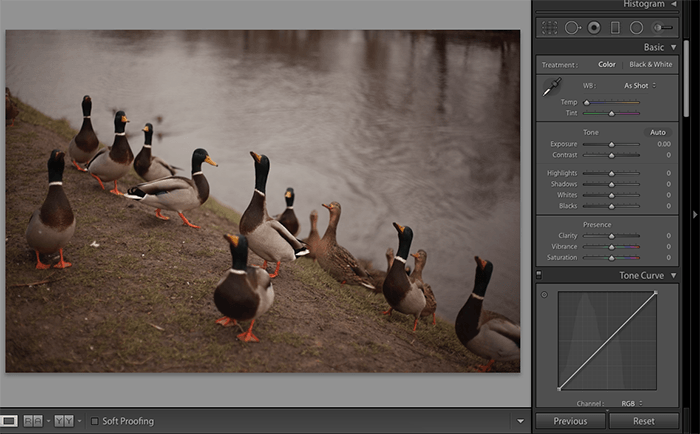- Orange Teal Capture One Download
- Orange And Teal Movie
- Capture One Orange Teal Style
- Orange Teal Capture One
- Orange Teal Capture One Pro
- Orange Teal Capture One Review
- Orange Teal Capture One Software
04:40 - Mechanics of the Color Balance tool 08:00 - First image edit Simple color grade 12:45 - Second image edit Incorporating layers for grading. Capture One FilmChrome LUTs $ 99-20%. Photoshop Pro Workflow Classic. Rated 5.00 out of 5 $ 99 $ 79. Capture One Teal-Orange Pro Balance LUTs $ 49. Capture One SkinHarmony LUTs $ 29.
After already looking at the theory and some examples of color grading as seen in film production, we now focus on the practice. We’ll show you how you can easily create various color tint combinations in Zoner Photo Studio X, recharging your portrait and landscape photography. Specifically, we’ll demonstrate how to create the popular Teal & Orange look. We’ll go through each edit step-by-step so you can skillfully do it with your own photographs.
- Blue/teal shadows with yellow/orange highlights. Capture One Styles Installation Instructions. 🥧 Just unzip the downloaded file, and then in the unzipped folder you'll find a file named Purple11-Capture-One-Styles.costylepack.Double click on that file and the style pack will be installed automatically into Capture One.
- Kodak Ektachrome mid-1970s. This powerful simplicity of increased contrast.
In this article, you’ll learn how you can create the popular and well-known Teal & Orange look, used in Blockbuster hits, with Zoner Photo Studio. We will be working in the DevelopModule. Do you want to test out the edits right away but don’t have the right photo on hand? Download our RAW image and get started!
Teal & Orange in the Develop Module
First, we suggest that you even out the tones of your photograph. Correct Exposureand change the White Balancesetting to a neutral value. Only then proceed to work with colors.
After completing the rest of the edits, you can certainly return to this slider and fine-tune the final atmosphere of the photograph.
With this photo, we’ll demonstrate how to create the Teal & Orange color grade. The final product shouldn’t be used in an encyclopedia of botany, because it would make many botanists shake their heads in disbelief. In the cinema, however, you frequently see movies with this type of color grade.
Shift primary colors
The basic trick for achieving Teal & Orange color grading lies in using the Shift Primary colors tool, which is found in the lower half of the DevelopModule. When editing photos, one usually proceeds from top to bottom. However, when color grading Teal & Orange, start at the bottom.
You essentially shift the red and blue hues in opposite directions. Adjust Redhues to their maximum value of 100. Put Bluehues at a value of 75. Again, we can return to these settings again and subtly fine-tune the colors later. With these basic settings, you can’t go wrong, and they’ll work for most photos. Be especially careful with the Greenhues slider. If you want to maintain natural colors, don’t touch this slider.
Notice that in addition to changing the colors, you have essentially unified the original color spectrum of the photo. This color property of Teal & Orange is the trick up your sleeve. You can create an aesthetically-pleasing image even from a very plain photo. It will be pleasing to the eye even if at first glance, it will have a limited range of color between shades of orange and sky-blue, which incidentally are complementary colors.
Fine-tuning with Color Shift
In the second step, we will focus on Color Shift. You amplify the effect as follows:
We shift red, orange, and yellow hues to warmer colors, that is, to the left. We edit the rest of the hues according to our creativity. In this case, the blues of the sky were overly saturated and unnatural. I lowered the blue and sky-blue Saturationto a value of -10.
Before RAW photo and After with Teal & Orange tints added after processing. We amplified the effect with additional shifts to warmer tones using White Balance.You can cleverly use Teal & Orange Split Toning for portraits, but it’s important to be careful with skin tones.
Tried and true Split Toning combinations
Split Toningis another powerful tool you should pay careful attention to when color grading. With Split Toning, you can color hues separately in the lights and in the shadows. In contrast to Primary Color Shift, this process is much more intuitive, giving us specific, harmonious colors noticeable in our natural surroundings.
Objects in the shade frequently have a dark, cold tint represented by shades of blue, while objects illuminated by direct sources of light – like the sun – reflect warm colors with hints of yellow and orange.
In the color theory framework, there are complementary colors, meaning colors on opposite sides of the color wheel. So again, we arrive at Teal & Orange. However, other color combinations based on the same concept are possible. How do we do it?
After basic adjustments to exposure and white balance, proceed to the Split Toningtool and try one of the following combinations:

Split Toningis one of the tools you can use to add your own unique color style to use as a “signature.” This makes your work stand out from that of other photographers. When you find a specific combination of Split Toningwhich works on all your photographs, be sure to save this as a preset for Split Toning.
You’ll then be able to easily apply it to all of your photographs, even those you upload to Instagram. We guarantee that your portfolio with have a consistent and professional look.
Don’t miss out on the previous parts of this series:
In closing
Thanks to the steps in this article, you can change the overall look of your photograph. If you want to change the color of individual objects – cars, clothing, and so on – we still have local adjustment tools which allow you to change hues selectively, using the Radial(R) or Brush(B) filter.
For coordinating and side-by-side split toning, Variants will work great for you. When creating new presets or arranging important photographs in a set, I often leave the first photo without any color shift as a reference to compare the new look.
Orange Teal Capture One Download
If you find you don’t like a single color adjustment from any of your photos, it doesn’t matter. Perhaps this photo was meant to stay in its original form.
Download Zoner Photo Studio X Free for 30 days and try the many methods of color grading today.
In the previous tip about color grading and the new 3-way Color Balance tool, Color grading made easy, I covered the basic functionality of the new Color Balance tool along with a quick look “under the hood” of the new tool.
In this post I’ll go much deeper, exploring the far corners of the tool, it’s more advanced application, and the design choices made to provide the users with a quick yet precise way of “grading” his or her images.
Algorithm design

Let’s start by investigating how this tool is different from the traditional Levels and Curves Tools.
First, as I mentioned in Color grading made easy, no knowledge of complimentary color interactions is needed to use the new Color Balance tool. You simply select the specific color you desire and increase the saturation and/or luminance until you have achieved the precise tone you want.
For toning, Levels have usually been the preferred way to achieve the desired look. Let’s take a look into how the Color Balance tool is different:
- Levels (and Curves): When adjusting the Blue channel, for example, and adding more blue to the shadows, one would increase the Shadow Output Level. Of course, this results in more blue, but it has the distinct side effect of lifting the overall luminance value of the shadows. Another side effect you’ll find is the Shadow output Level affecting more and more into the midtone values and eventually even the highlights. Avoiding this effect requires tedious curve point anchoring and adjustment.
- Color Balance tool: The new Color Balance tool works all together differently. If the Shadow wheel is adjusted, the adjustment will never affect the highlight, and will only affect the lowest midtones values to create a pleasing roll-off. However, the real game-changer is the preservation of the deep shadows. This retains a much higher detail level in the shadows, as the luminance is not changed in the deep shadows.
- The same principle applies, to some extent, to the Highlights. Here the tool retains the extreme highlight areas when using small corrections.
- The Lightness sliders provide a quick way of adjusting the luminosity of the selected value. This adjustment is applied with a limited impact on saturation, which is a different approach from both the Levels and Curves tool. These sliders can act as both classic input and output adjustments, depending on which way they are adjusted. The Midtone Lightness slider is particular interesting as it provides an impressive, and otherwise non-existent, Midtone Output slider.

Orange And Teal Movie
Illustration 1: This illustration on a black and white gradient shows the deeper shadows being preserved.
Integration with other tools and workflow
Retaining the deep shadows can of course be problematic if the “milky” look from the high Output levels is desired. In this case, after obtaining the desired color toning, increase the RGB Output Level and you have the same effect. However you will achieve much more individual control.
In general, the Color Balance tool is all about color and intensity, whereas Levels and Curves will also change contrast and luminance. Because of that difference, when using Levels or Cuves, a given image will need more adjustments than usual to obtain the same end-result and will likely be much harder to achieve.
Illustration 2 and 3: This shows the same image, with the same look. Left is done with Levels, Right is done with the Color Balance tool. Notice the Saturation and RGB levels.
With non-destructive editing in Capture One, there is no “right way” of adjusting a given image. However, there are workflows and tools that can greatly minimize the time required to achieve the desired result and toning of an image. As an example, here is how I usually achieve my “look” and tone for a given portrait:
- Change the Base Characteristics: I start by changing the Film Curve to my liking. I usually prefer the “Extra Shadow” curve for most images.
- Increase and adjust global contrast and exposure using the Exposure tool, High Dynamic Range, Clarity and Levels.
- Use the Skintone Tool and Uniformity slider to dial in my desired Skintone
- At this point I am ready to use the Color Balance tool. I like to use tones that are already present in the picture as inspiration for the toning. That could be clothing, eye-color, background, props etc.
- When I am happy with the colors, I usually make a brief detour back to the exposure adjustments to fine-tune the image.
Improved editing speed using keyboard shortcuts
Since we’re talking about the time it takes to adjust an image, it’s worth noting that all the sliders on the Color Balance tool can be assigned to Modifier Keys.
With the right hardware, such as a Wacom tablet, or video grading wheels and trackballs, you can achieve the colors you want much faster.
I mentioned a few Modifier Keys in Color grading made easy. There is one more worth mentioning (Windows only), and that is the Alt-key coupled with mouse movement. Using this Key will dampen the mouse movement at ratio of approximately 3:1. This makes adjustments in the 3-way tool much more accurate, especially if you’re using a Wacom pen. Use the Wacom utility to assign and configure as you see fit.
With and Without the Color Balance tool
So what do images look like with and without the Color Balance adjustments? Let’s take a look at a few examples. Below each image set is paired with a black and white gradient showing the same toning applied. I’ve also included one gradient without any color adjustment for reference.
Capture One Orange Teal Style
Illustration 4: With-Left. Without-Right: A red Shadow and a slightly green Midtone. Notice how the green Midtone also helps to correct for the red skin tone.
Illustration 5: With-Left. Without-Right: Blue Shadows, yellow Midtones and slight red Highlights. Notice that while the grading seems slight, it’s impact on depth and skintone is significant.
Illustration 6: With-Left. Without-Right A very subtle edit, blue Shadows and yellow Highlights. Again, though subtle, the little added warmth to JUST the highlights significantly improves the quality of the image.
With all these new possibilities, I’m happy to introduce you to my new favorite tool! The Color Balance tool makes toning easy and fast. Not only that, it also gives me more control over the final image for picture perfect results.
I hope you will enjoy the new Color Balance tool as much as I do.
Best wishes,
Orange Teal Capture One
Christian Grüner
Orange Teal Capture One Pro
Christian Grüner
Orange Teal Capture One Review
Christian is Test Manager with the QA/Test department in Phase One. In the very little spare time a job in Phase One gives Christian, you’ll find him shooting pictures, recording aerial imagery with pro-grade drones or trying not to crash on the mountainbike in the woods.
Orange Teal Capture One Software
Follow Christian Grüner
